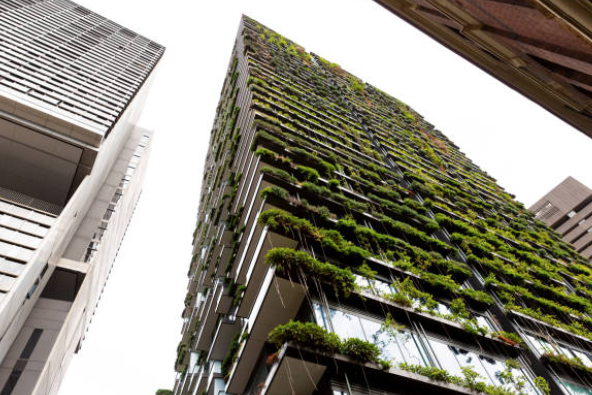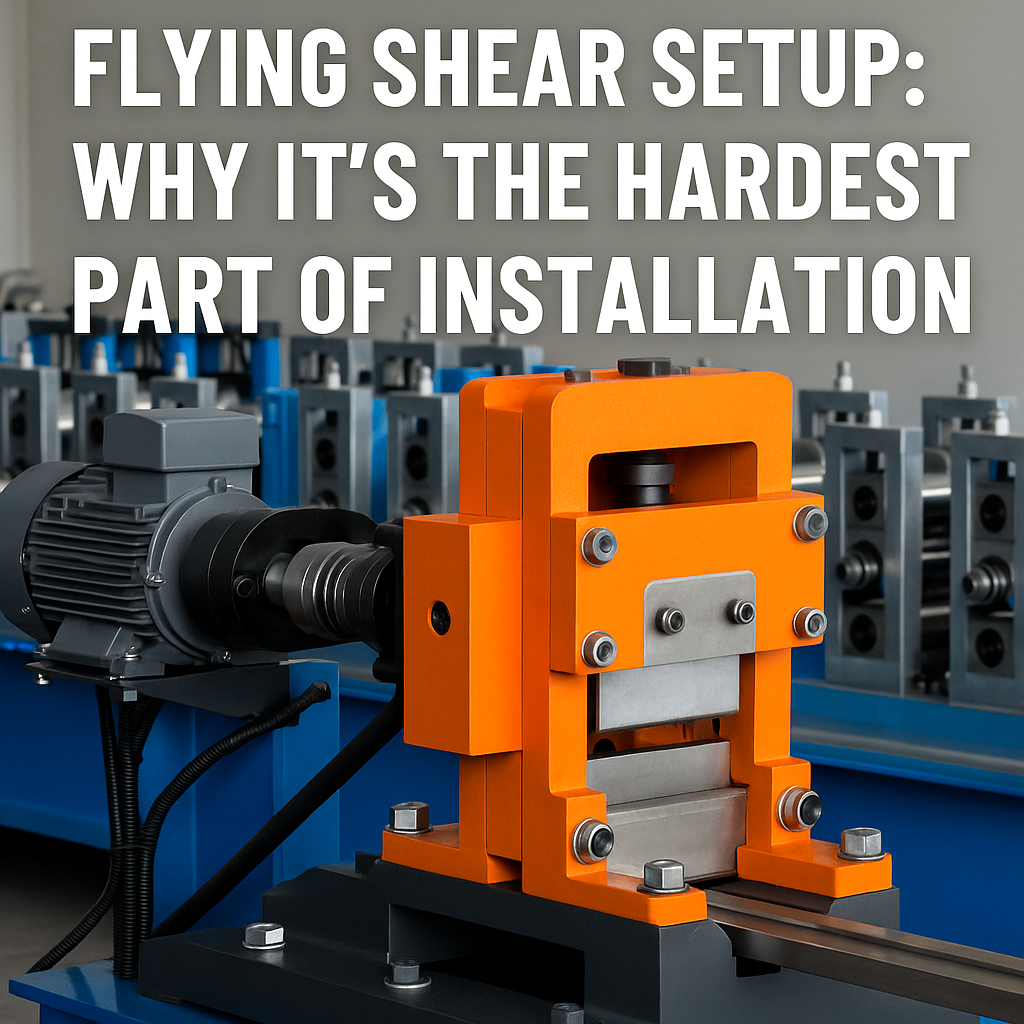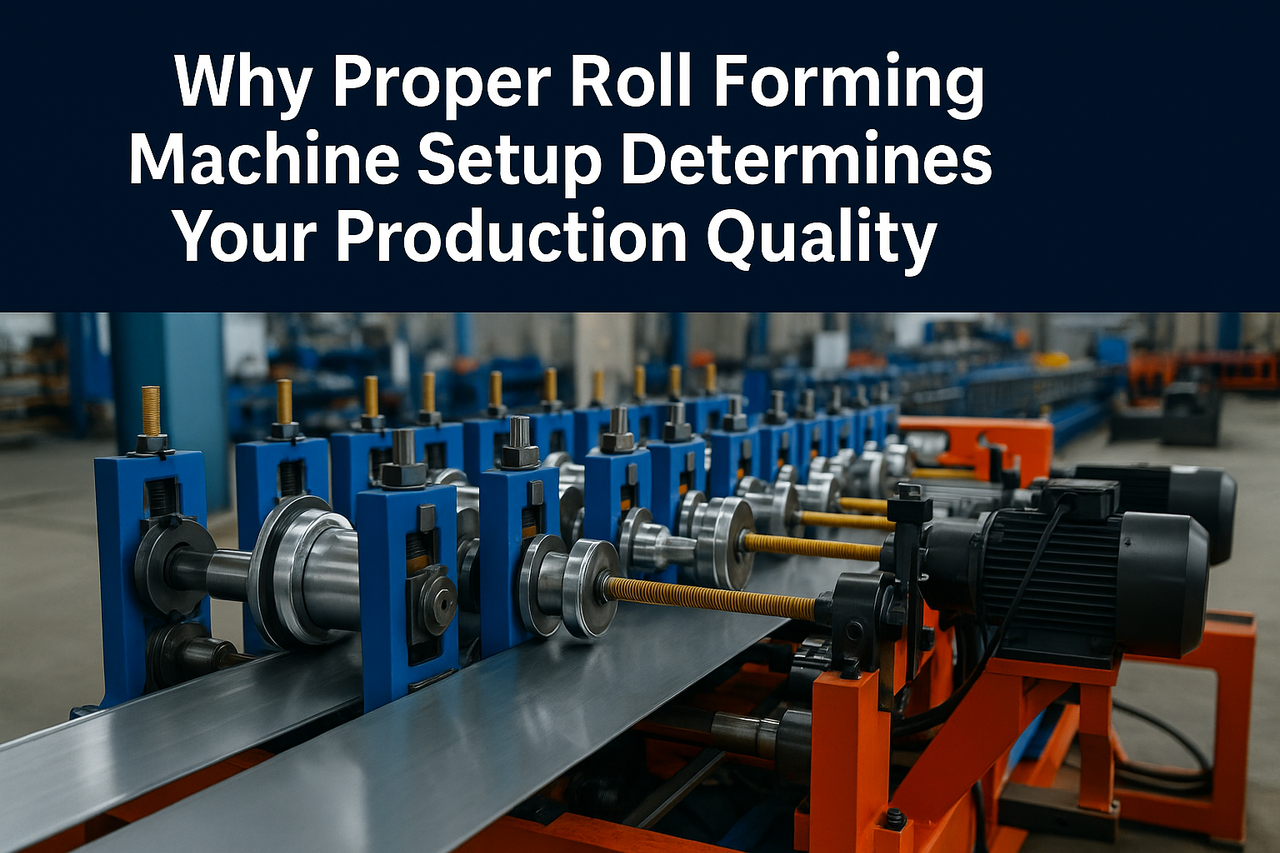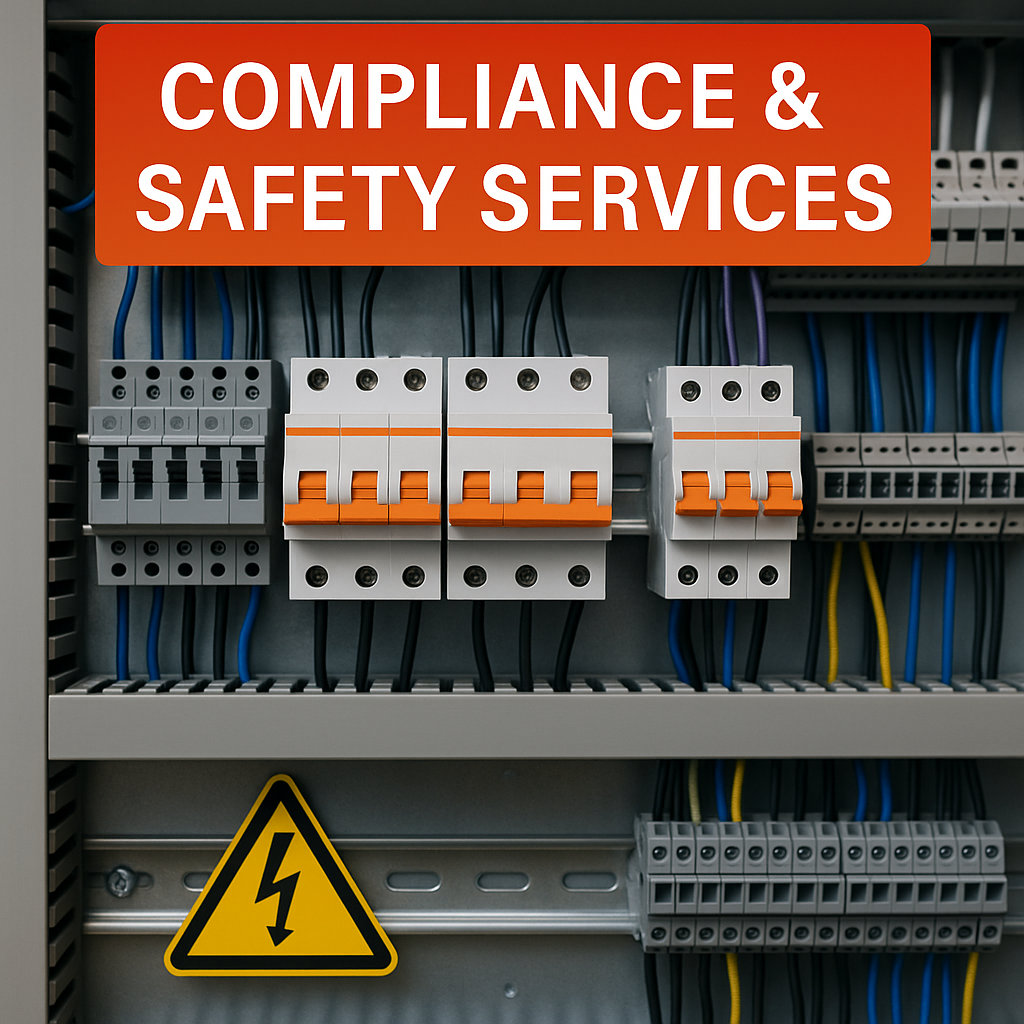
Posted on Wednesday, October 9, 2024
The construction industry is experiencing a significant shift toward sustainability, with a growing emphasis on eco-friendly building practices. As the global demand for green construction rises, roll forming technology is emerging as a key player in meeting these sustainability goals. This blog explores how the transition to energy-efficient and environmentally responsible construction is driving the demand for roll forming solutions worldwide.
As the global emphasis on sustainable construction practices continues to grow, the demand for eco-friendly roll forming solutions is expected to rise. Manufacturers that prioritize sustainability and invest in innovative technologies will be well-positioned to meet the evolving needs of the construction industry.
By embracing green practices, roll forming technology can play a crucial role in shaping a more sustainable future for construction, benefiting not only builders and architects but also the planet as a whole. The alignment of roll forming solutions with the principles of sustainability will ensure that this manufacturing process remains relevant and in demand in the years to come.
In conclusion, the intersection of sustainable construction and roll forming technology presents an exciting opportunity for manufacturers to innovate and lead in an increasingly eco-conscious market.

Flying Shear Setup: Why It’s the Hardest Part of Roll Forming Machine Installation
Posted on Monday, November 24, 2025
If you want a header image, meta description, or series continuation, just tell me.

Why Proper Roll Forming Machine Setup Determines Your Production Quality
Posted on Monday, November 24, 2025
The #1 factor that decides accuracy, scrap rate, speed, and consistency.

Compliance & Safety Services for Roll Forming Machines — Full Guide
Posted on Sunday, November 23, 2025
How Machine Matcher keeps your machines safe, legal, and fully compliant with CE, UL, and UKCA standards.

Machine Health Monitoring for Roll Forming Machines — Complete Diagnostic Service Guide
Posted on Sunday, November 23, 2025
Continuous diagnostics that prevent breakdowns, reduce downtime, and extend machine life.
Copyright 2025 © Machine Matcher.